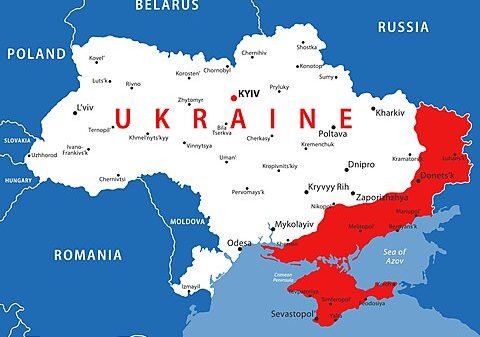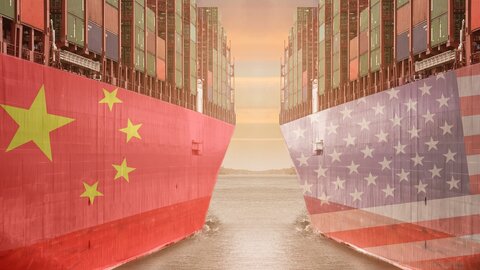Meeting in South Korea last week, President Trump and China’s President Xi agreed on the outline of a one-year truce in their trade war. The US will cancel most of its threatened tariff hikes on Chinese imports, pause new restrictions on partially Chinese-owned firms accessing US technology, and pause sanctions on China’s commercial shipping. In return, China will reportedly pause restrictions on rare earths exports, interdict the flow of fentanyl to the US, and resume purchases of US soybeans and other farm products.
The US-China trade relationship therefore returns roughly to where it was before the “Liberation Day” tariffs were announced on April 4. According to President Trump, this truce will be subject to review and renewal on an annual basis.
A relaxation of trade restrictions is welcome, but US policymakers must also decide how it relates to the entirety of US foreign policy toward China. Is this meant to be a new normal, or just a standard reprieve in an inevitable security spiral with China? The first Trump administration assumed a basically conflictual relationship and adopted “great power competition” as the central organizing principle. The Biden administration embraced “strategic competition.” By contrast, the second Trump administration has veered from tariff offensives and kicking Chinese firms out of the Panama Canal to trade deals and keeping Taiwan at arm’s length.
The administration is signaling a conciliatory approach in the aftermath of the summit. President Trump described it as a “G2 meeting” and told CBS’s 60 Minutes, “It’s important that China and the US get along.” Secretary of War Pete Hegseth tweeted his department will deal with China on the basis of “peace through strength, mutual respect, and positive relations.” He also announced he and his Chinese counterpart support the establishment of new military-to-military channels of communication.
These constructive sentiments are necessary in building a sustainable balance of power with China. However, operationalizing them requires attention to the political sources of US-China tension: divergent preferences about the structure of the Asian security order, paranoia about the future of Taiwan, and a broader competition for global power and prestige. Initiatives to manage these tensions could include a trade of assurances to sustain the US-China understanding about Taiwan and preliminary arms control steps such as a missile launch notification agreement and mutual acceptance of strategic nuclear vulnerability.
When President Trump meets with President Xi again in April, they should try to make progress on this broader agenda in addition to upholding the trade truce.









